Cyanide gold extraction is widely used in gold mines due to its strong adaptability to ores, ability to produce gold on-site, and high recovery rates. However, due to environmental protection issues, measures are being taken to treat wastewater before and after storage to achieve zero discharge, or to use low-cyanide or cyanide-free leaching agents to protect the regional ecological environment. This article introduces the operations of cyanide and carbon-in-pulp (CIP) gold extraction, aiming to grasp the principles of gold extraction while eliminating pollution and moving towards environmentally friendly mining.
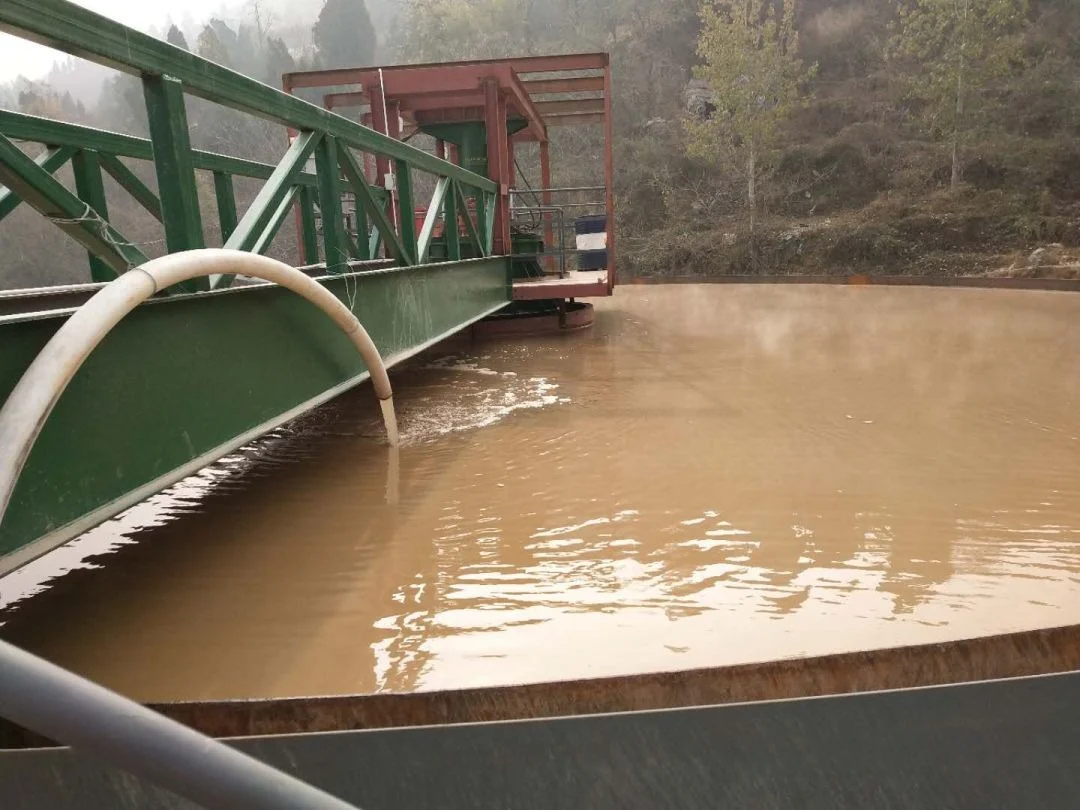
Cyanide Gold Extraction
The operational factors include the concentrations of cyanide and oxygen, temperature, the size and shape of gold particles in the ore, pulp density, slurry content, the surface film on gold particles, and leaching time.
When the cyanide concentration is low, the solubility of oxygen is relatively high, and the dissolution rate of gold depends on the cyanide concentration; when the cyanide concentration is high, the dissolution rate of gold is determined solely by the oxygen concentration, generally ranging from 0.03% to 0.05%. Certain oxidants, leaching aids, or direct oxygen injection are often added to significantly improve leaching efficiency. In one carbon-in-pulp plant, replacing air with oxygen-rich gas (over 90% oxygen) in the leaching tank increased the leaching rate by 0.89 percentage points. In another plant, adding 0.1 kg/ton of 98% lead acetate to the first leaching tank resulted in a decrease in the tailings gold grade from 0.218 g/ton to 0.209 g/ton. The dissolution rate of gold in cyanide solution increases with temperature, typically maintained between 10°C and 20°C; below 1.34°C, gold crystallizes, which is why northern plants often use blowtorches to thaw blocked pipes in winter. Above 34.7°C, gold becomes liquid, often releasing gas. To stabilize and reduce chemical losses, an appropriate amount of alkali is added to promote the reaction towards hydrolysis; this alkali is referred to as protective alkali.
Fine gold particles have a large exposed surface area, making them easily soluble in cyanide. Additionally, flaky gold, small spherical gold particles, and gold particles with internal pores are also more easily dissolved. A lower pulp density results in lower viscosity, allowing cyanide ions and oxygen to diffuse more rapidly to the surface of gold particles, leading to faster dissolution and higher leaching rates. However, a lower concentration can increase the volume of the pulp, raising equipment and reagent costs. The suitable pulp density is generally 40% to 50%, but in cases with high mud content and complex properties, it should be controlled at 20% to 30%. Impurities can form various films on the surface of gold particles, affecting gold leaching. Associated minerals react with oxygen, cyanide, and alkali, hindering gold extraction. As leaching time increases, the leaching rate improves up to a certain limit, after which the rate decreases due to the reduction in the volume and size of gold, increasing the distance between cyanide, dissolved oxygen, and gold complexes, while impurities accumulate to form harmful leaching films. The "sticking" of the leaching tank agitator is often due to high concentration, low fineness, and insufficient airflow, as well as the structural gap between the lower impeller and the tank bottom. In one cyanide workshop, after the tank became stuck, manual intervention was required, using high-pressure water guns, air guns, and long steel bars to clear the blocked pipes. It was ultimately discovered that the gap between the lower impeller and the tank bottom was four times the conventional size, and once adjusted, the problem was resolved.
Carbon-in-Pulp (CIP) Gold Extraction
The operational factors include activated carbon adsorption, desorption and electrolysis, and carbon regeneration.
Before using activated carbon, it should be "sharpened and de-dusted" through pre-grinding. When purchasing carbon, it is essential to ensure that both the adsorption capacity and strength are excellent, with a filling density of 0.50 kg/L to 0.55 kg/L. The particle size should be uniform, generally between 6 mesh to 12 mesh or 6 mesh to 16 mesh, and the ash content and undersized material should not exceed 3%. In a certain carbon pulp plant, the high content of powdered carbon resulted in the tailing liquid gold grade exceeding the conventional level by more than 16 times, leading to gold loss, necessitating a complete replacement of the carbon. The density of carbon in the adsorption tank increases in a gradient; considering aging, frequent carbon replacement is beneficial for gold recovery. In one carbon pulp plant, the carbon replacement cycle was changed from every 3 days to every other day, resulting in a 25% increase in production.
Carbon loss during overflow will also lead to gold loss, primarily caused by clogging of the carbon separation screen. It is necessary to pre-remove debris after the classifier and cyclone. The carbon separation screen should use a horizontal cylindrical screen, and issues can also be addressed by reducing the slurry concentration or adjusting the bottom carbon density and the airflow in the side air duct of the separation screen. The most concerning issue is carbon leakage from the adsorption tailing tank; a 40-mesh safety screen on the tailings mixing tank plays a crucial "gatekeeping" role, and it should be regularly checked and maintained to ensure it is intact. To reduce carbon wear, low-speed stirring is commonly used.
Desorption and electrolysis are conducted in a solution of 1% sodium hydroxide and Sodium cyanide under a pressure of 0.35 MPa to 0.39 MPa, achieving desorption at temperatures of 135°C to 160°C, which is above the boiling point of the solution. The gold grade in the depleted carbon is below 50 g/t, and currently, non-cyanide desorption and electrolysis are widely applied.
For carbon regeneration, a 3% to 5% dilute nitric acid or hydrochloric acid solution is used for soaking for 0.5 to 1 hour (the same applies below), with manual intermittent stirring. After soaking, the carbon is rinsed with water to remove the acid solution, followed by soaking in a 1% sodium hydroxide solution to neutralize any remaining acid. Finally, the carbon is washed with 2 to 3 times the volume of water relative to the carbon bed.
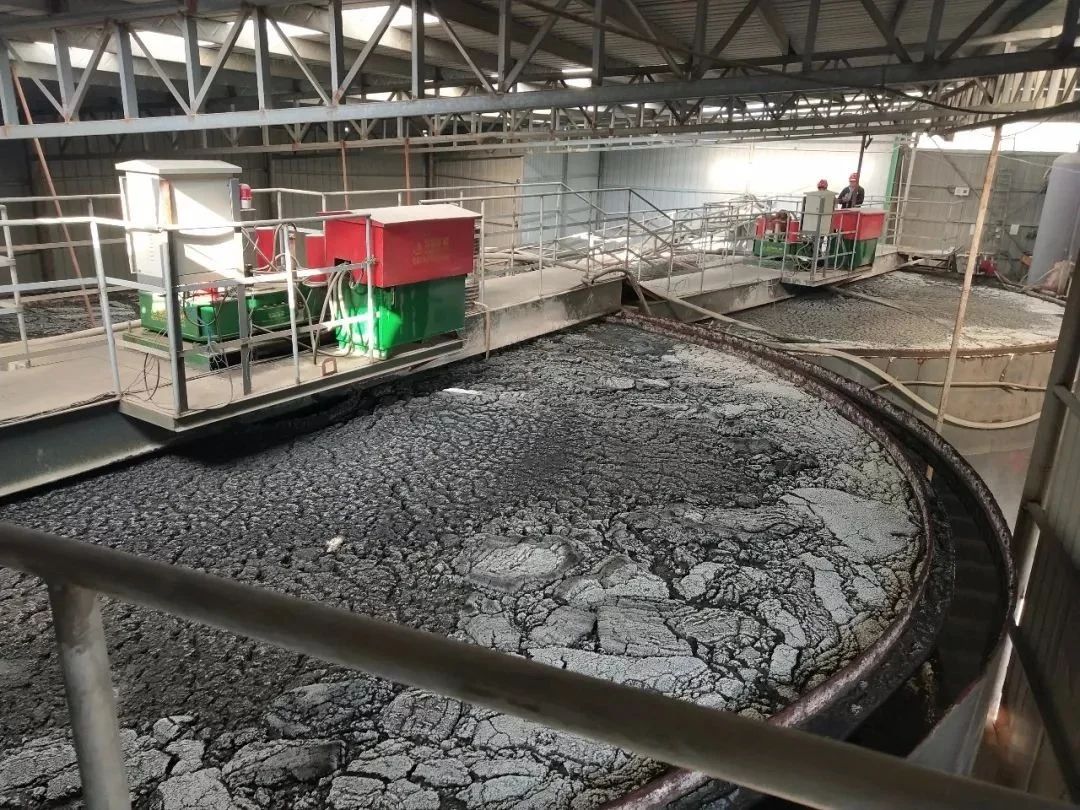
Cyanide Concentration, Alkalinity, and Carbon Density
After measuring the concentration of the slurry, filter it using a funnel with filter paper. Take a certain volume (in milliliters) into a conical flask, add 3-5 drops of methyl orange, and the solution will show a light yellow color. Titrate with standard silver nitrate solution until a pink color appears; the volume of silver nitrate consumed in the acid titration tube indicates the cyanide content, which corresponds to the cyanide concentration. This can be adjusted by changing the flow rate of the Sodium Cyanide solution. In this solution, add 1-2 drops of phenolphthalein, which will turn pink, and titrate with standard acetic acid solution until the pink color disappears. The difference in the meniscus level on the acid titration tube before and after titration indicates the volume of acetic acid consumed (in milliliters), which corresponds to the lime content. Sometimes, oxalic acid is used for titration, controlling the pH of the slurry to be between 10 and 12. The calcium oxide content in the slurry is approximately 0.01% to 0.02%. Alkalinity can also be adjusted by changing the amount of lime added. For example, in a disc-type lime feeder, the amount can be controlled by adjusting the position of the baffle.
A 1-liter cylindrical carbon pot, with a handle made of δ8 rebar, has a handle length of about 75% of the tank depth. The top of the handle is connected to a semi-open iron lid of the pot with fine iron wire or nylon string. By tightening or loosening the wire or string, the carbon slurry can enter the pot. After removing the pot from the tank, pour the collected carbon slurry into a sample sieve, rinse it thoroughly with clean water, and remove any water droplets before weighing the carbon amount, which gives the carbon density for this measurement, expressed in grams per liter. Samples are taken from the upper, middle, and lower parts of the tank, and the average value is taken as the carbon density of the tank. The processes of carbon extraction, injection, unloading, and acid washing have all been automated using pressure water jetting. Therefore, the adjustment of carbon density in the adsorption tank can be managed through air-lifted carbon and gravity-fed carbon based on detection results.
For more professional suggestions? Contact us!
Warm Tips:If you want to know more information, like quotation, products, solutions, etc.,
- Random Content
- Hot content
- Hot review content
- Collector BLK-301/Composite Flotating Active Matter ≥60%
- Sodium Sulfide Industry Grade 60% 30ppm/150ppm Yellow/ Red Flakes Na2s
- Expanded AN explosive
- Booster(Detonating insensitive explosives)
- Antimonium Tartrate Potassium
- Manganese sulfate
- Maleic Anhydride - MA
- 1Discounted Sodium Cyanide (CAS: 143-33-9) for Mining - High Quality & Competitive Pricing
- 2China's New Regulations on Sodium Cyanide Exports and Guidance for International Buyers
- 3Sodium Cyanide 98% CAS 143-33-9 gold dressing agent Essential for Mining and Chemical Industries
- 4International Cyanide(Sodium cyanide) Management Code - Gold Mine Acceptance Standards
- 5China factory Sulfuric Acid 98%
- 6Anhydrous Oxalic acid 99.6% Industrial Grade
- 7Oxalic acid for mining 99.6%
- 1Sodium Cyanide 98% CAS 143-33-9 gold dressing agent Essential for Mining and Chemical Industries
- 2High Quality 99% Purity of Cyanuric chloride ISO 9001:2005 REACH Verified Producer
- 3Zinc chloride ZnCl2 for High Molecular Weight Polymers Initiator
- 4High Purity · Stable Performance · Higher Recovery — sodium cyanide for modern gold leaching
- 5High Quality Sodium Ferrocyanide / Sodium Hexacyanoferr
- 6Gold Ore Dressing Agent Safe Gold Extracting Agent Replace Sodium Cyanide
- 7Sodium Cyanide 98%+ CAS 143-33-9


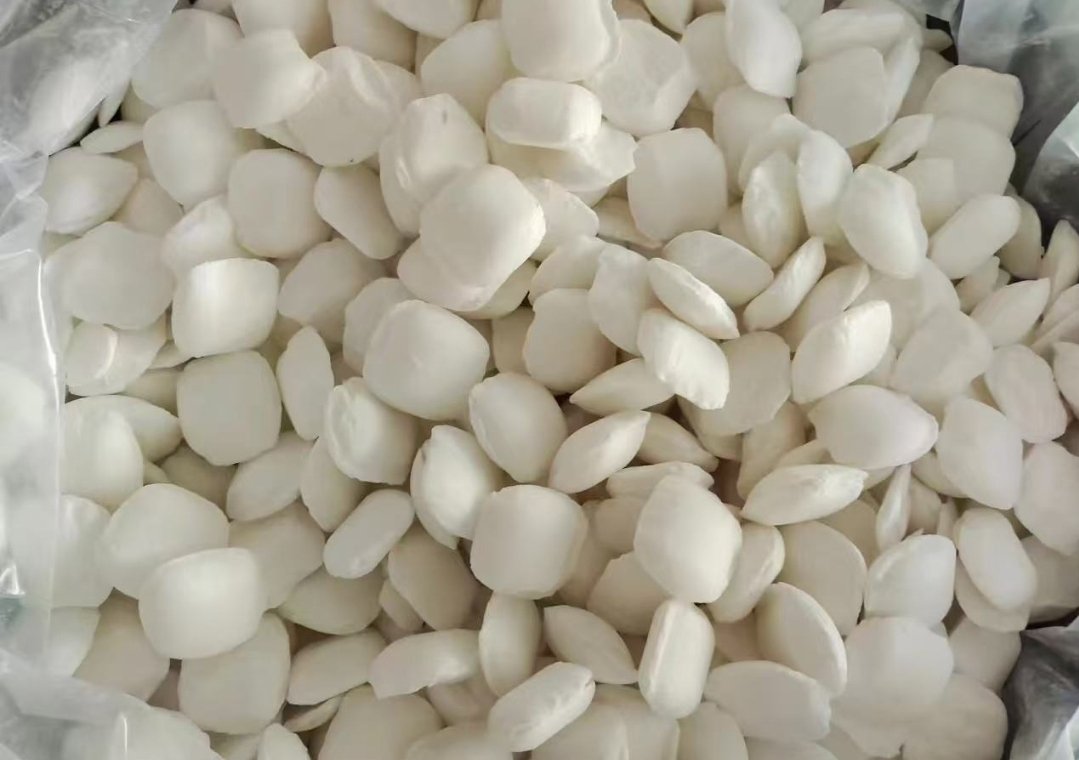
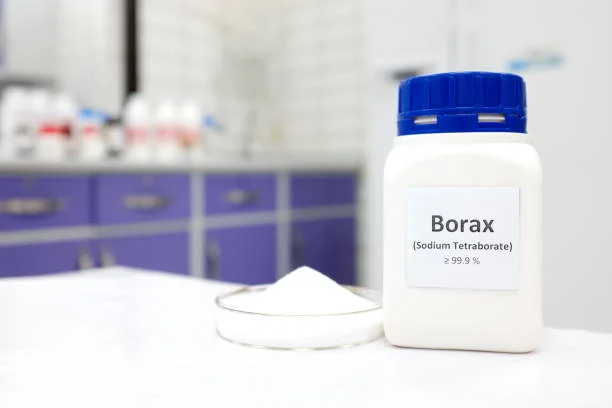
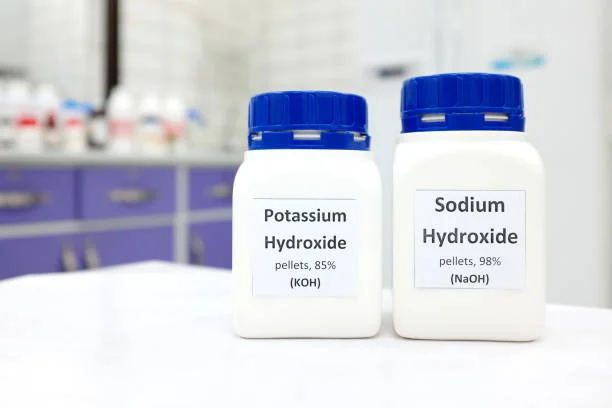
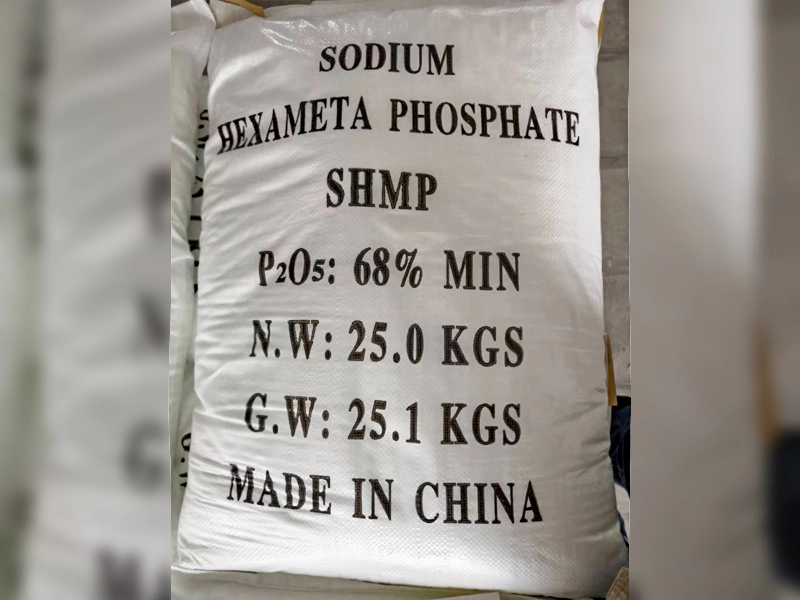


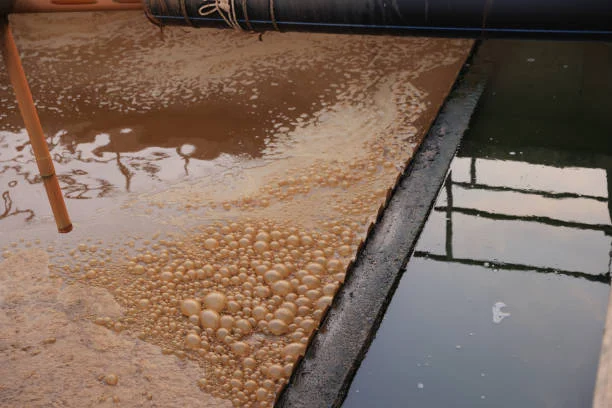


Online message consultation
Add comment: